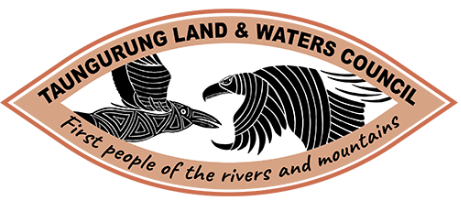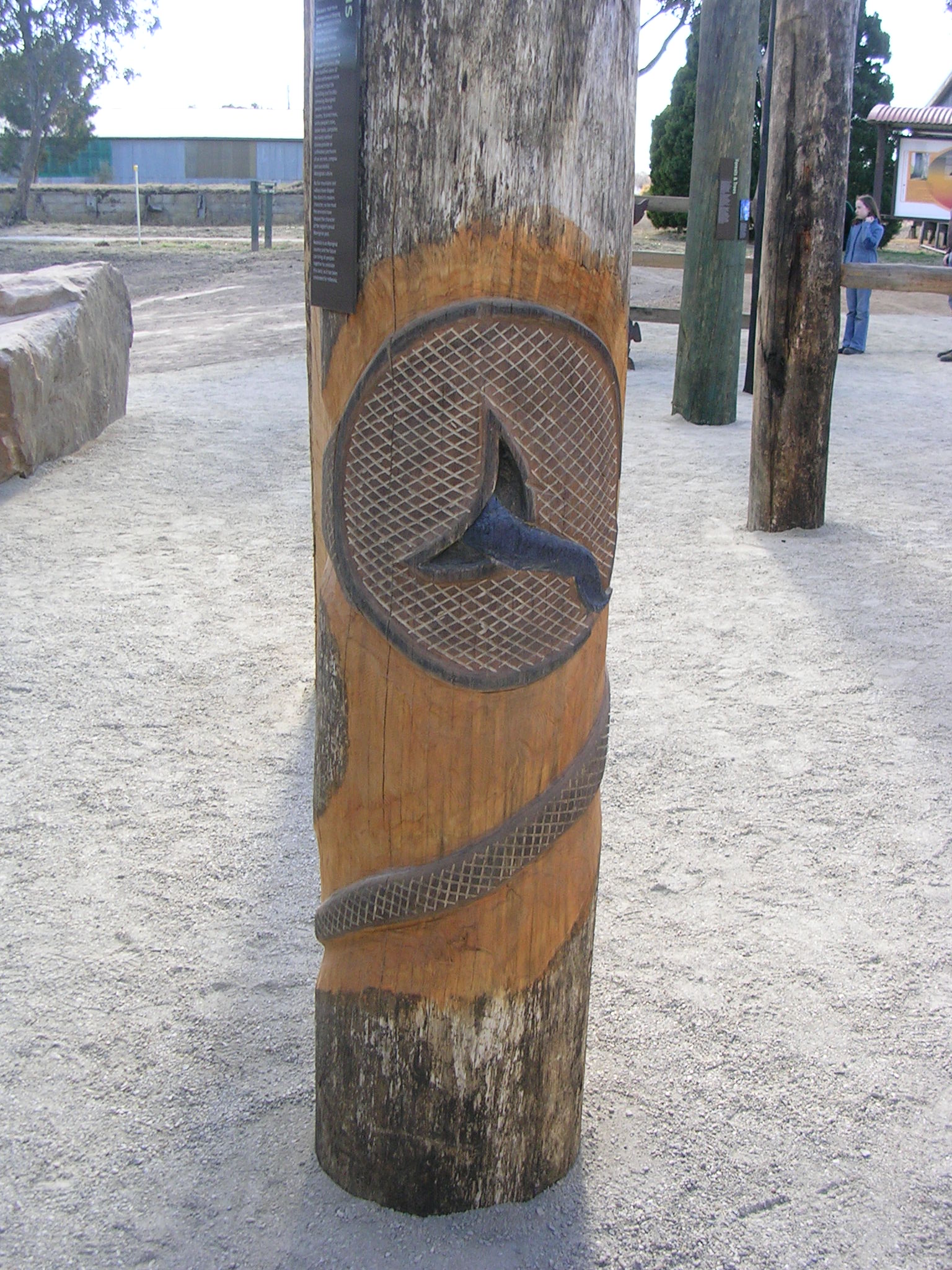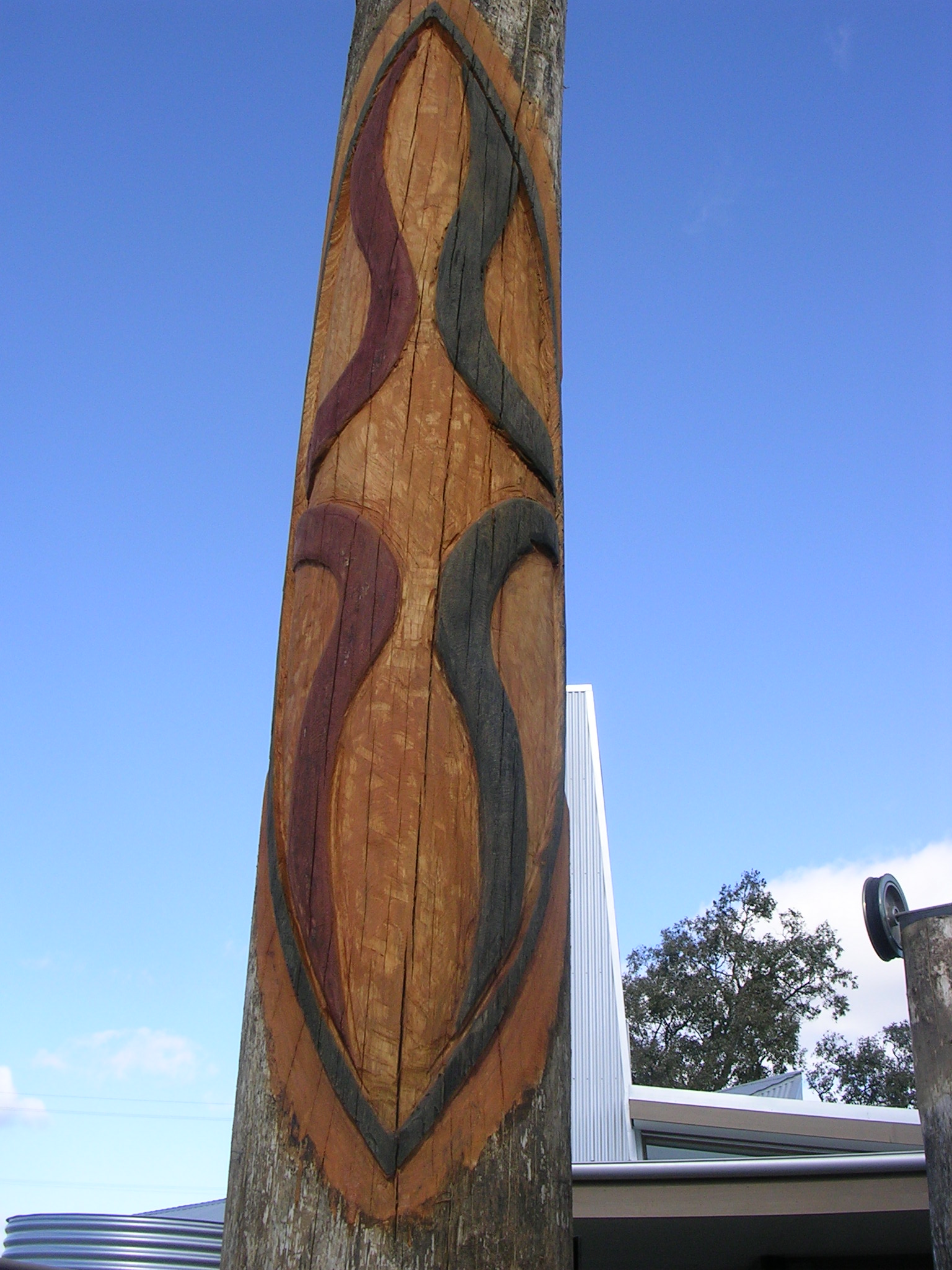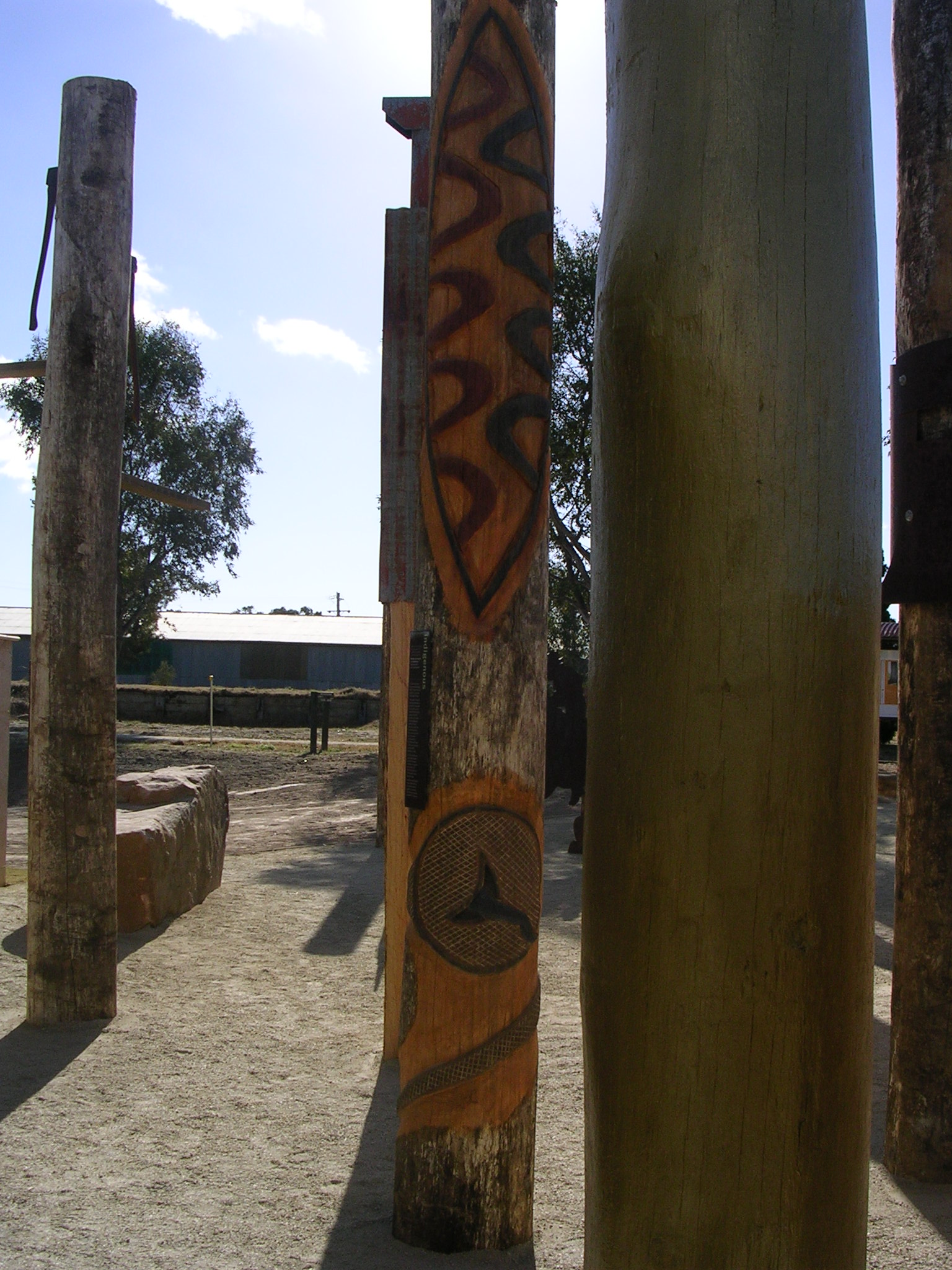Dhulangi (Stringy Bark) was used to construct Yilam (Shelters) or to weave binak (Baskets). Fibrous plants, such as Dulim (Tussock Grass) produced Burrdi-am (Twine) for Garrtgirrk (Nets) while other tree species were utilised for their timber to fashion Malga (Shield), Gudjerron (Clubs), Wanggim (Boomerangs). Daanak (Water Carriers) and Gorong (Canoes). The rich resources of the permanent rivers, creeks, tributaries and associated floodplains enabled Taungurung to people to access an abundance of fish and other wildlife. Fish were speared and trapped while water birds were netted and Marram (Kangaroo), Goorbil (Koala), and Barramul (Emu) provided nourishing food.
The pelts from the Walert (Native Possum) were sewn together to form Gugra (Cloak ideal for the cold and wet conditions. Plants such as Karradjong provided fibres to weave Garrtgirrk (Nets) for harvesting the nutritious Debera (Bogong Moth). In the summer the Taungurung people would travel south for the Debera season and then head back northwards when the weather cooled.
Taungurung 15 Clans
Taungurung People identify ourselves by descent from identified Taungurung ancestors. Some of us also identify with one of the fifteen clans that make up Taungurung, namely Benbendore-balluk, Buthera-balluk, Gunung-Yellam, Leuk-willam, Moomoomgoonbeet, Nattarak-balluk, Ngurai-illam-balluk, Nira-balluk, Tenbringnellams, Walledriggers, Waring-illam-balluk, Warrinillum, Yaran-illam, Yirun-ilam-balluk, and Yowung-illam-balluk.
Taungurung People currently identify with five of the fifteen clan groups. Some families have an allocated part of country that they talk for and represent, which is roughly based on the territory associated with each clan before European settlement.
Other Taungurung members and families do not identify with a particular area or clan, but with the country as a whole. In areas that are not associated with one of the family groups, we see ourselves collectively as custodians, with a duty to care for and maintain those areas.
Consequences of Colonisation
When Europeans first settled the region in the early 1800s, the area was already occupied by Taungurung people. From that time, life for Taungurung people in central Victoria changed dramatically and was severely disrupted by the early establishment and expansion of European settlement. Traditional society broke down with the first settler’s arrival and soon after, Aboriginal mortality rates soared as a result of conflict, introduced diseases, denial of access to traditional foods and medicines.
At various times, Aboriginal settlements were established in the area by missionaries and governments at Mitchellstown, Acheron and Coranderrk. These however, despite relative success, were eventually dissolved through various government policies.
Taungurung and other members of the Kulin nation were deeply impacted by the dictates of the various government assimilation and integration policies. Today, the descendants of the Taungurung Clans form a strong and vibrant community. Descendants from five of the original clan groups meet regularly at Camp Jungai – an ancestral ceremonial site.
Elders assist with the instruction of younger generations in culture, history, and language and furthering of their knowledge and appreciation of their heritage as the rightful custodians of the Taungurung lands in Central Victoria. Evidence of scar trees, rock shelters, rock art, and even place names all indicate that Taungurung people have been in this part of Victoria for thousands of years.
Many Taungurung people still live on their country and participate widely in the community as Cultural Heritage Advisors, Land Management Officers, artists and educators, and are a ready source of knowledge concerning the Taungurung people from the central areas of Victoria.
We are pleased to welcome you to our country – to enjoy the landscapes, the flora and fauna. Taungurung people will continue to care for this country and welcome those who share a similar respect.




